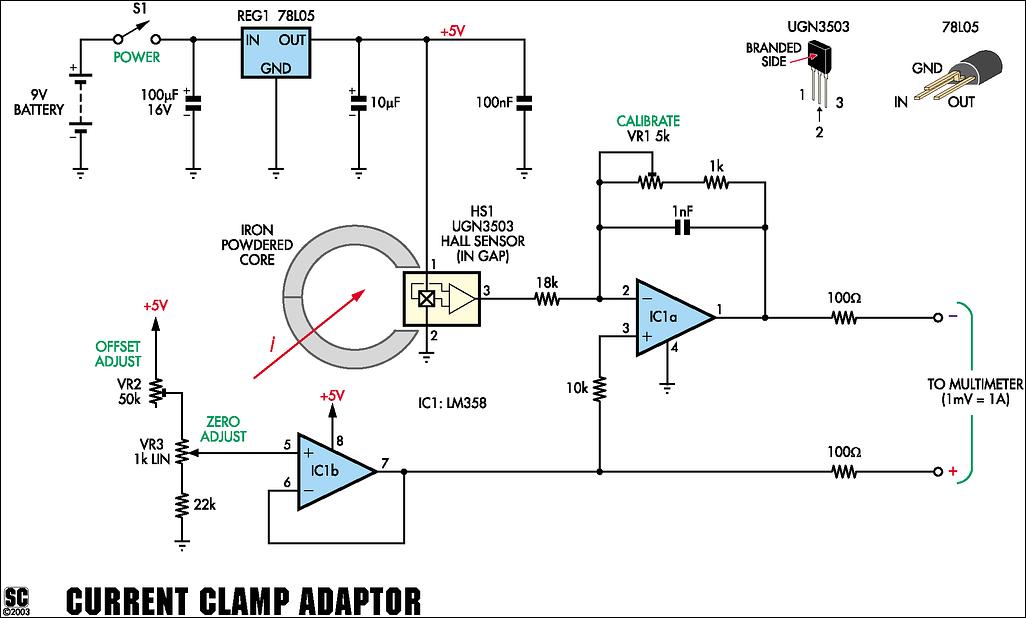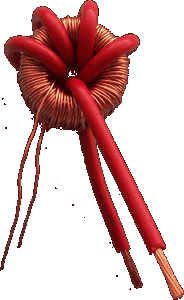Follow along with the video below to see how to install our site as a web app on your home screen.
Note: This feature may not be available in some browsers.
The PI feedback adds a 2nd order high pass to the integrator characteristic. The capacitor sets the second high pass corner atfor 100Hz low band limit reduce the 2.2uF to 22nF
I wonder, if you actually succeeded in generating a frequency independant current in the 100 KHz and 1 MHz range. What's your setup?why when i increase the frequency the output of the coil change
You don't clarify, how you generated a test current that's sensed by the coil. But the results seems reasonable anyway, becausei use the function generator to produce a frequency that pass through the coil
So you are using the function generator (50 ohm impedance?) as a current source. Not actually obvious in my opinion,got it ??
That's possible. When operated with an integrator, the Rogowski coil reproduces the square wave. At the bandwidth limits, you get waveform distortions of course. For calibration of a Rogowski coil, I would prefer a sine current and a shunt resistor as a reference.I mean square signal exciting instead sinus wave

Most known circuits are feeding the Rogowski coild output directly to a non inverting integrator.Is it a right decision to use differentail amplifier for the amplification of rogowski coil output (for reducing the common mode noises) ? Or is it must to use an ineverting amplifier ?
The sensors can't actually compete. A Rogowski coil is suited only for AC measurements but has outstanding performanceBest and better idea used hall effect sensor for good result and accuracy

